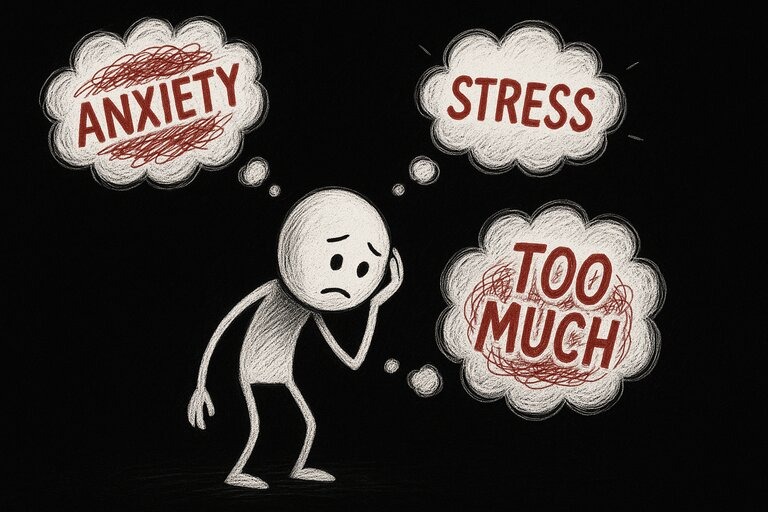
Why Mindfulness Matters for Kids Today
In a fast-paced world where children are often bombarded with stimuli from screens, school pressures, and social expectations, mindfulness offers a sanctuary of calm.
The benefits of teaching mindfulness, especially to young kids, are profound, as evidenced by programs like Space Between that have been intentionally integrated into educational settings.
These practices equip children with essential tools to navigate stress and emotional ups and downs.
As mental health challenges rise among school-aged children, instilling these techniques early can foster a generation adept at managing life's complexities with grace and stability.
Learning Mindfulness Through Fun Activities
First graders Elijah and Romir exemplify the charm and effectiveness of engaging, playful mindfulness teachings.
Romir's Zig-Zag Breath not only promotes warmth and calmness, but invites laughter and playfulness, turning deep breathing into an enjoyable experience.
Elijah's Square Breathing, on the other hand, turns an abstract concept into something tangible and achievable, making the practice of mindfulness readily accessible.
These exercises illustrate that mindfulness doesn't have to be serious; it can be a delightful practice that incorporates creativity and movement.
Societal Implications of Mindfulness in Schools
As more schools embrace mindfulness education, the potential for positive societal change is significant.
A mindful classroom can reduce anxiety, enhance focus, and foster empathy among peers. It cultivates a culture of kindness and self-regulation, which translates beyond school walls into children’s everyday lives.
By integrating these practices, educators and parents can collectively raise emotionally intelligent and resilient individuals who contribute positively to the community.
Practical Tips to Encourage Mindfulness at Home
Parents in Sacramento looking to bring mindfulness into their homes can start with simple, intentional practices.
Introducing breathing exercises can be a great first step. Engage children in creating a 'Mindfulness Corner' at home where they can retreat for quiet time, use calming visuals, or even keep their favorite storybooks.
Additionally, incorporating mindful walks into routine outings can be an effective way to connect with nature while discussing daily thoughts and feelings.
These steps help establish a peaceful mindset, contributing to emotional health.
Research-Backed Benefits of Mindfulness for Children
Extensive studies support that mindfulness practices contribute to improved cognitive functioning and emotional well-being in children.
Research indicates that regular engagement in mindfulness can lead to better academic performance, reduced behavioral problems, and increased resilience against life stresses.
As parents and educators recognize these benefits, advocacy for mindfulness in schools will likely grow, creating a ripple effect that makes mental wellness a priority in education.
Conclusion: Taking Small Steps Towards a Mindful Future
The experiences shared by Elijah and Romir stand as a reminder that all ages can contribute to and benefit from the practice of mindfulness.
Each breath taken with intention is a step toward a mindful life. For Sacramento residents invested in the mental health and emotional wellness of children, cultivating mindfulness can not only brighten individual days but also enhance community well-being.
Imagine the difference if every child in our community were equipped with the tools to manage their emotions and stress; the positive impact could be transformative.
Let’s commit to integrating these easy mindfulness techniques into local schools and homes, nurturing a culture that values emotional resilience.
Together, we can brighten our children's futures and build a thriving togetherness in our community.
 Add Row
Add Row  Add
Add 





 Add Row
Add Row  Add
Add
Write A Comment